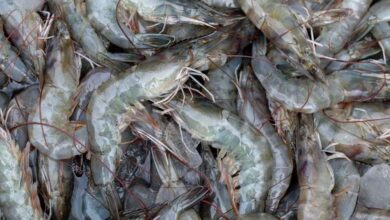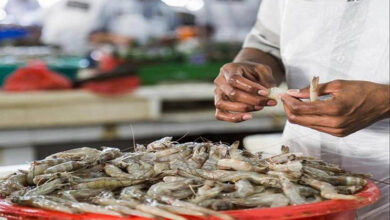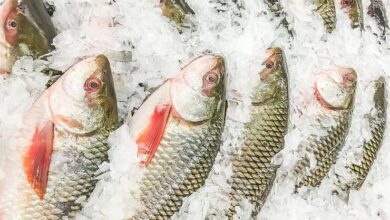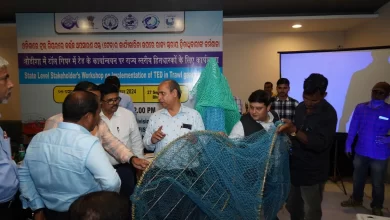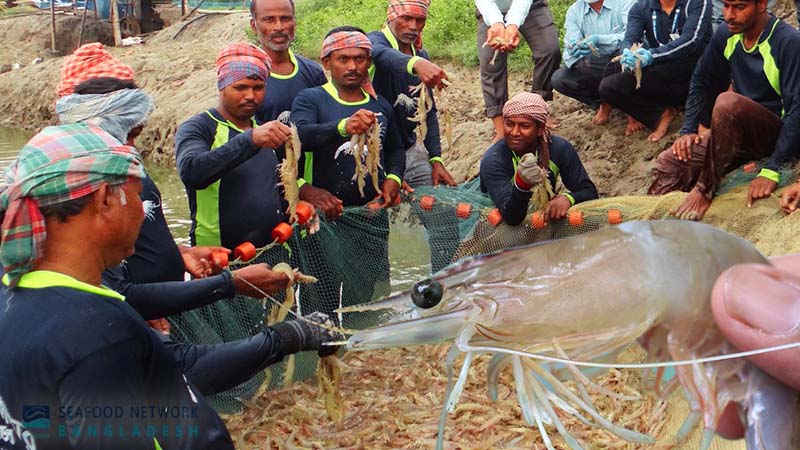
Aquaculture scientists in India have successfully sequenced the genome of a local variety of white shrimp called Fenneropenaeus indicus (previously known as Penaeus Indicus). This achievement is expected to have significant implications for the country’s self-reliance in shrimp farming and its export earnings. Currently, India heavily relies on an imported species of Pacific white shrimp known as Vannamei, which is genetically improved and cultivated for export purposes.
By decoding the genome of the indigenous F. indicus, scientists aim to reduce the dependence on a single species and promote the use of native varieties, thereby benefiting the Indian shrimp industry and farmers. The project has been allocated a total of ₹100 crore, with an initial ₹25.04 crore being granted under the Pradhan Mantri Matsya Sampada Yojana.
The farming sector in India heavily depends on the cultivation of farmed shrimp, which contributes up to 70% of the country’s seafood export market. Vannamei shrimp, the mother species, is imported and cultivated on farms before being exported. India’s seafood exports are estimated at ₹42,000 crore. This particular variety of shrimp is also the dominant species used globally for export purposes. Therefore, finding a genetically improved indigenous variety could not only enhance India’s self-sufficiency in shrimp production but also improve its export revenues.
The Central Institute for Brackishwater Aquaculture (CIBA), an organization under the Indian Council of Agricultural Research, has taken the F. indicus as a national priority species under the Make in India flagship program. The CIBA successfully decoded the complete genome of this shrimp species, a significant achievement that marks a fundamental step towards genetic selection and improvement of native shrimp.
According to Akshaya Panigrahi, the principal scientist at CIBA, F. indicus has already demonstrated its potential as a species with a production capacity of 3-7 tons per hectare per crop, even before domestication. Through genetic improvement programs, it is estimated that each generation can achieve a genetic gain of 4-7%, resulting in a doubling of productivity, improved feed conversion efficiency, and increased profitability for shrimp farmers.

